How Barefoot Shoes Can Improve Foot Health: A Natural Solution for Common Foot Issues By John Keller | January 6, 2025 Foot health is essential for overall well-being, yet many…

Diabetes can lead to a range of foot problems. High blood sugar levels cause damage to blood vessels and nerves, which can reduce blood flow and sensation in the feet. This leads to conditions like peripheral neuropathy, where patients may not feel pain, heat, or cold, increasing the risk of unnoticed foot injuries.
Swollen feet, or edema, is particularly common in diabetics. It’s often a result of poor circulation or heart problems, and in some cases, kidney disease – all of which can be diabetes complications.
Symptoms to watch for include:
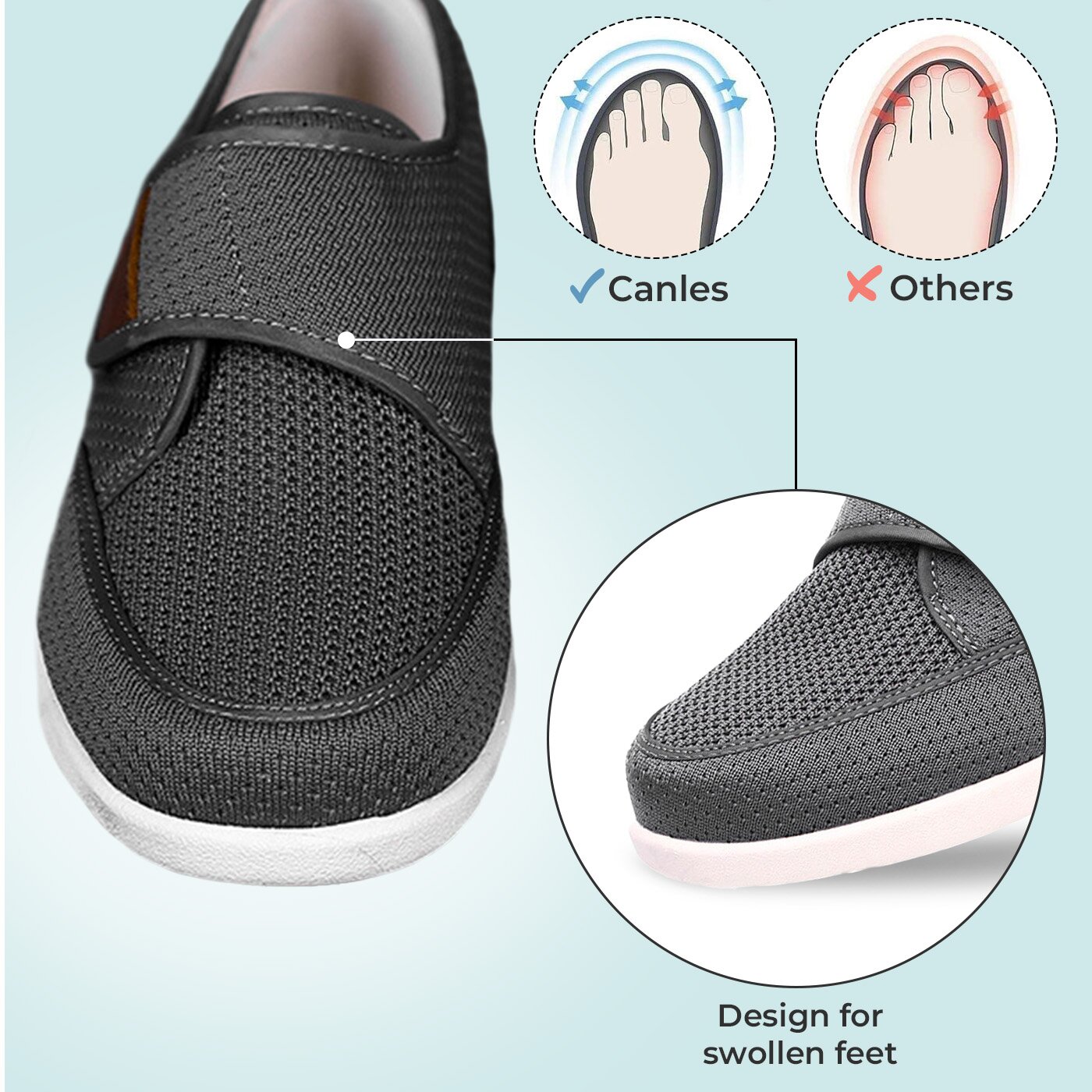

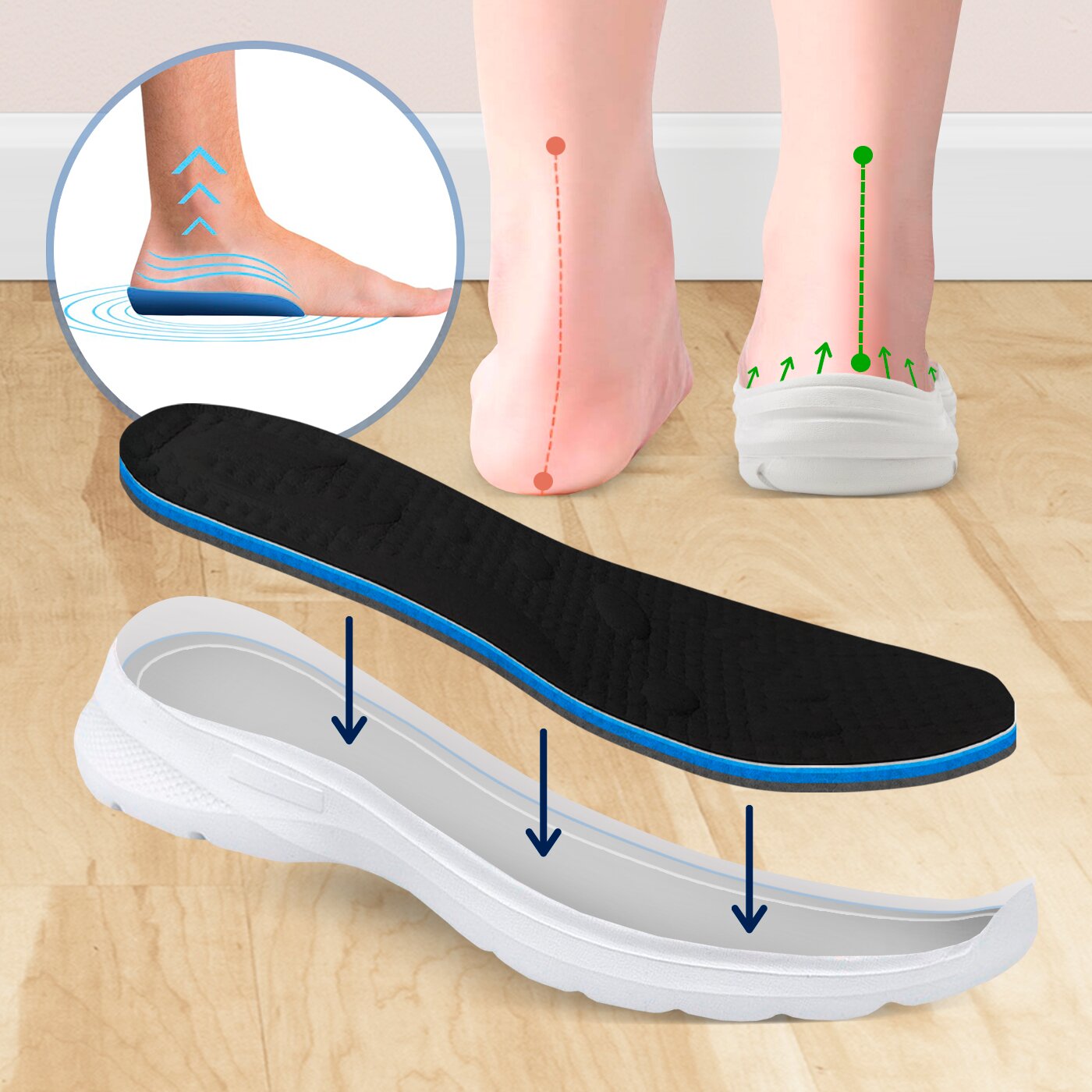
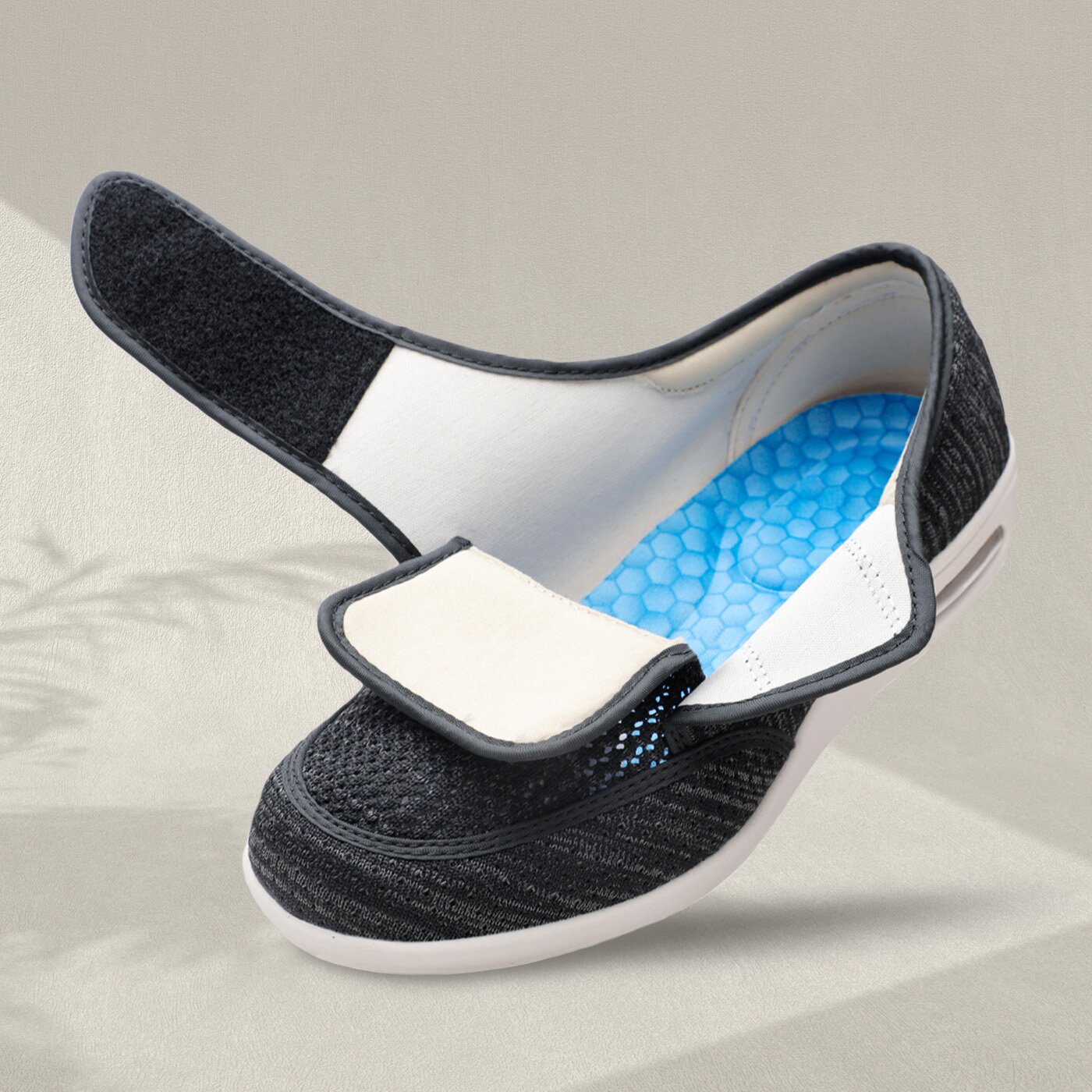
Regular shoes may not provide these features, leading to increased risk of foot ulcers, calluses, or even more severe complications. A good pair of shoes that has all these features are the Canles Easeon, which are specifically designed for diabetic feet.
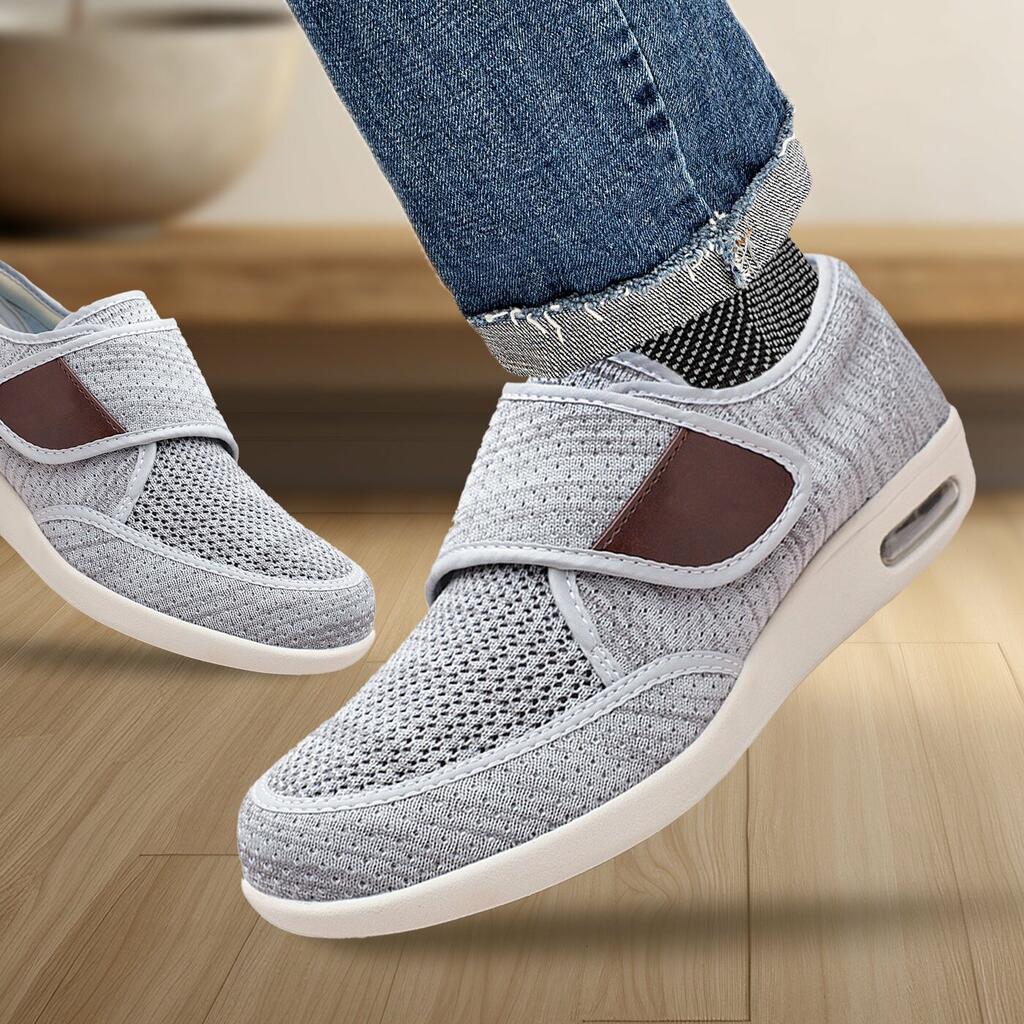
They can recommend the right type of shoe based on your specific condition.

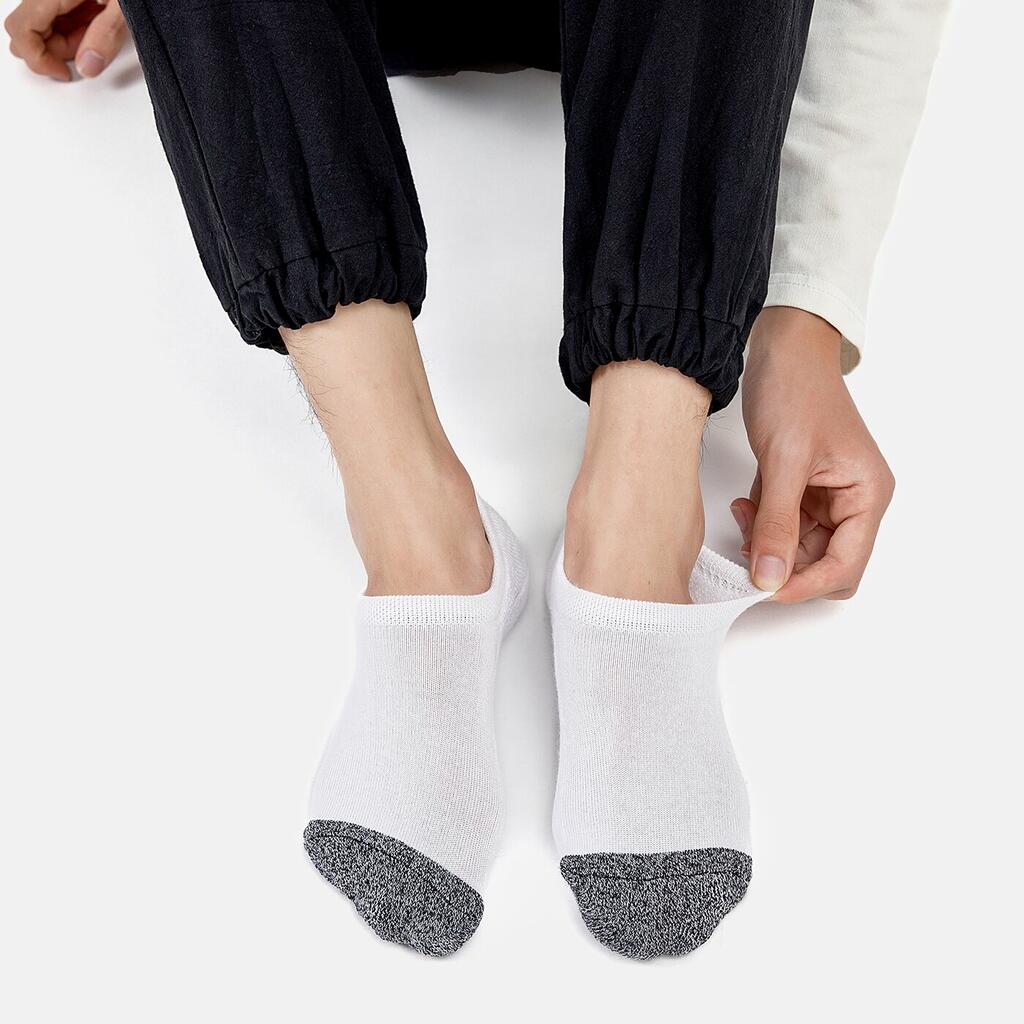
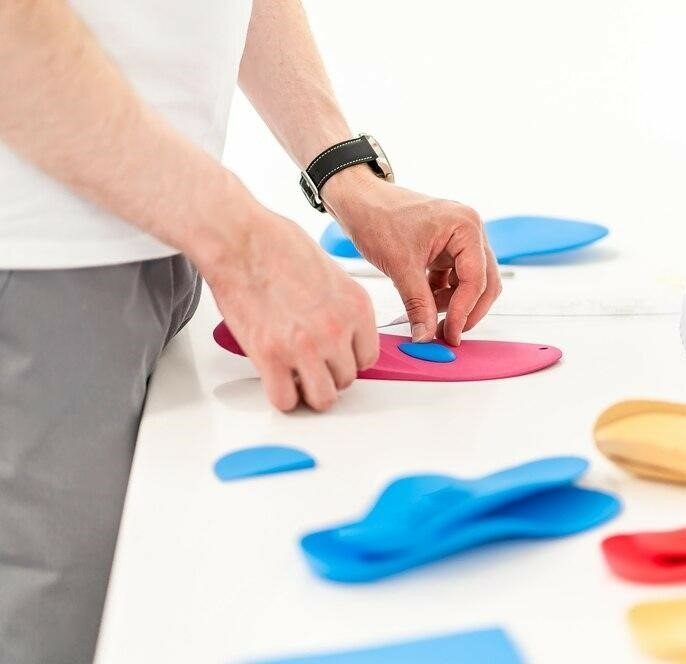


Regularly inspect your feet for any changes or injuries.

Adequate hydration
can help reduce swelling.

| Myth | Reality |
|---|---|
|
|
|
|
|
|
|
|
|
|
|
|
Working closely with healthcare professionals is a vital aspect of managing diabetes and ensuring the health of your feet, especially when dealing with swollen feet. Regular check-ups with your healthcare provider are crucial for monitoring your overall diabetes management, including foot health.
These visits allow for routine blood sugar level checks, assessments of any diabetes-related complications, and discussions on the effectiveness of your current diabetes care plan. In addition to general practitioners, it’s important to include a podiatrist in your care team.
Podiatrists specialize in foot health and can provide tailored advice and treatment for diabetes-related foot issues. They can recommend specific types of diabetic shoes based on the condition of your feet and can help in monitoring the progress of any foot problems.
Diabetic shoes for swollen feet play an integral role in managing diabetes. They provide the necessary support and protection, reducing the risk of complications. By understanding their benefits, choosing the right pair, and integrating them into your daily routine, you take a significant step towards better health and mobility.
If you’re dealing with swollen feet due to diabetes, consider exploring diabetic footwear options. Consult with your healthcare provider for personalized advice, and don’t forget to check out our range of diabetic shoes designed for comfort and style. For more information, visit the American Diabetes Association .

How Barefoot Shoes Can Improve Foot Health: A Natural Solution for Common Foot Issues By John Keller | January 6, 2025 Foot health is essential for overall well-being, yet many…
7 Common Foot Issues in Women Over 50 and the Shoes that Can Help By Jane Sterling | Published on April 17, 2024 @ 2:18 PM Foot health is a…
9 Common Summer Foot Issues for People with Wide Feet By Jane Sterling | Published on April 15, 2024 @ 2:13 PM Summer brings a unique set of challenges for…
5 Signs You Need Better Arch Support Shoes By Jane Sterling | Published on July 15, 2024 @ 2:13 PM Are you constantly dealing with foot discomfort? Believe it or…

Dos and Don’ts of Shoe Shopping for Men: A Guide to Orthopedic Shoes By Jane Sterling | Published on November 8, 2024 @ 7:13 PM Selecting the right pair of…
How Diabetic Shoes for Men Help with Swollen Feet By Jane Sterling | Published on October 21, 2024 @ 1:10 PM When it comes to managing diabetes, every detail counts,…
To provide the best experiences, we and our partners use technologies like cookies to store and/or access device information. Consenting to these technologies will allow us and our partners to process personal data such as browsing behavior or unique IDs on this site and show (non-) personalized ads. Not consenting or withdrawing consent, may adversely affect certain features and functions.
Click below to consent to the above or make granular choices. Your choices will be applied to this site only. You can change your settings at any time, including withdrawing your consent, by using the toggles on the Cookie Policy, or by clicking on the manage consent button at the bottom of the screen.
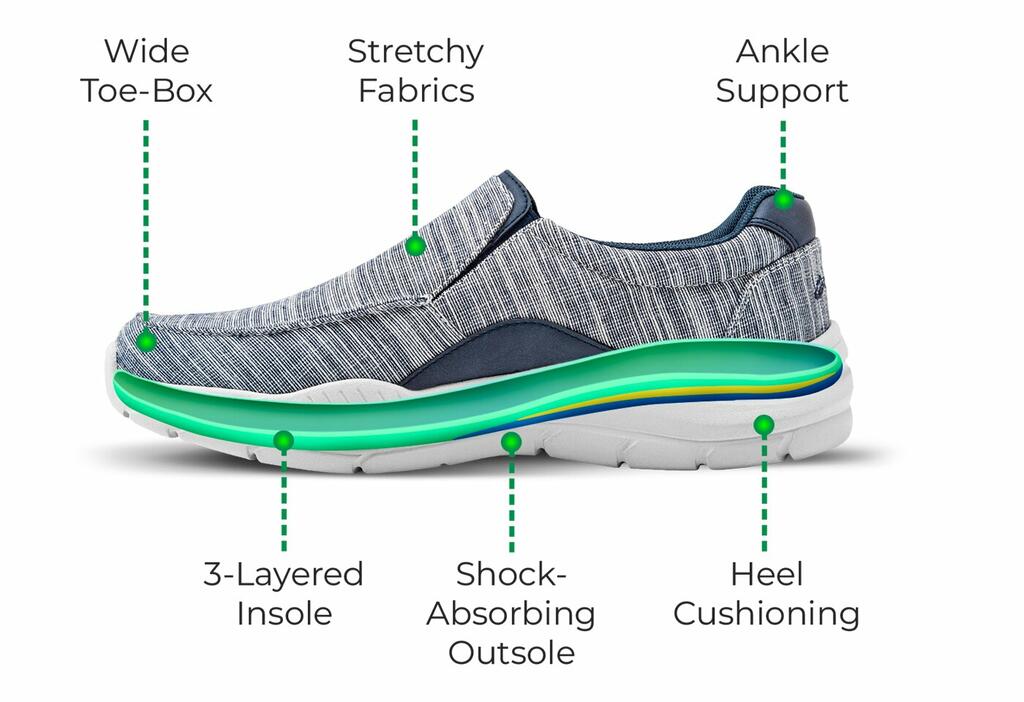


Switching to Canles footwear was a game-changer for me. Dealing with arthritic pain in both of my feet used to make each step a struggle. However, within a few days of wearing these shoes, I noticed a dramatic decrease in discomfort.
George C.Verified Customer











